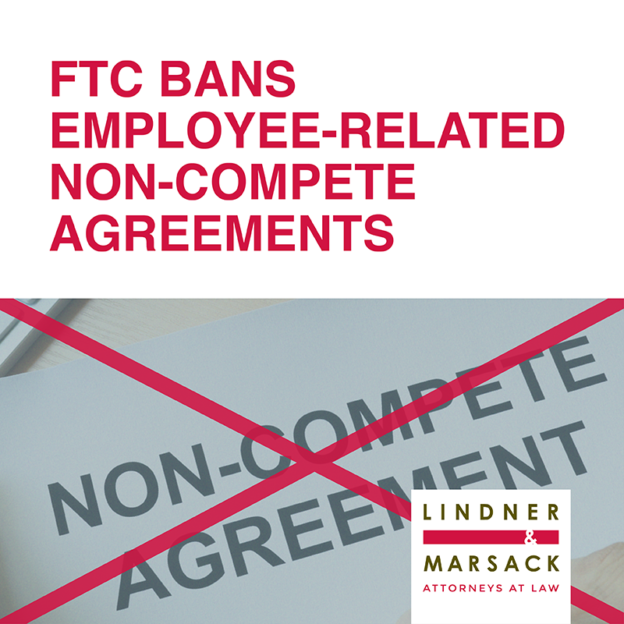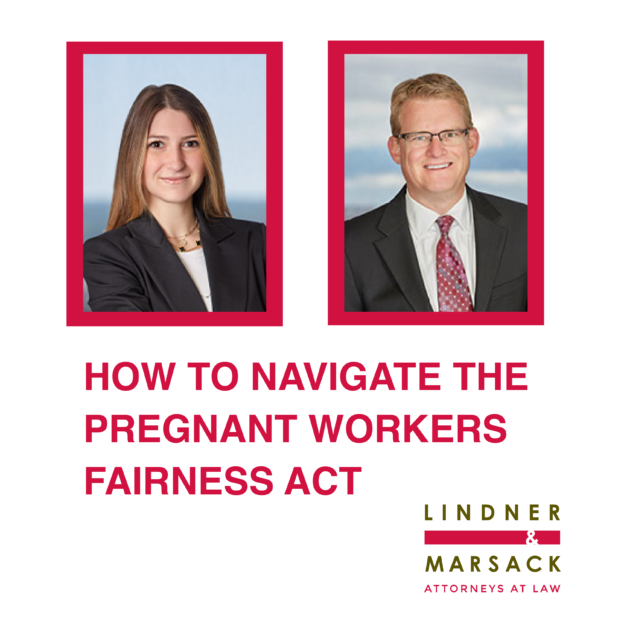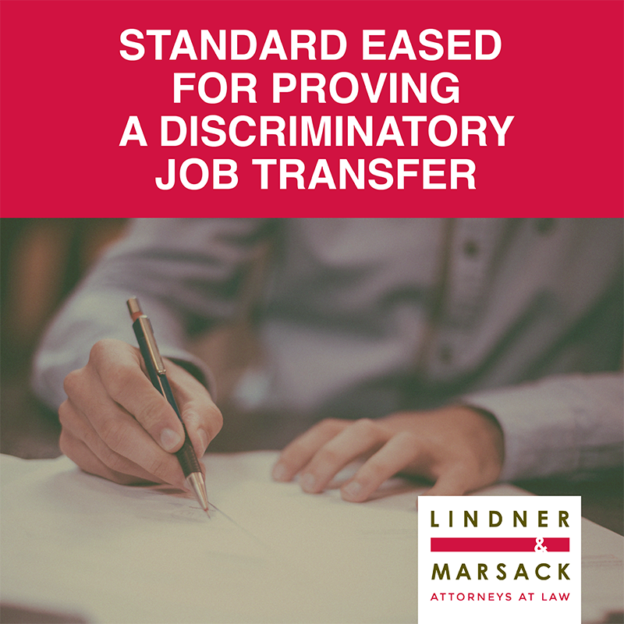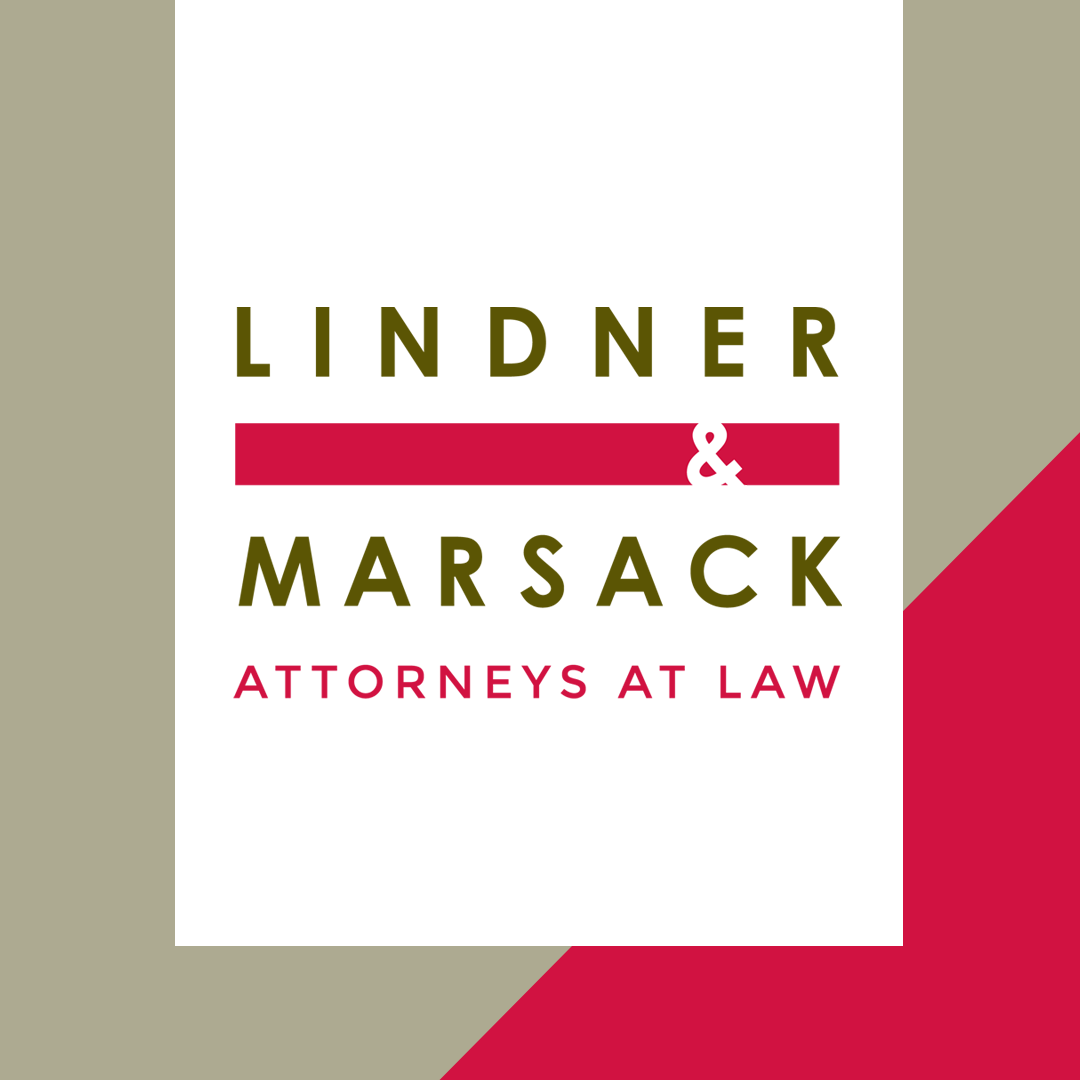By: Sally A. Piefer Non-compete and non-solicitation agreements are relatively commonplace in the employment context. However, these agreements have been under increasing attack by state legislatures across the country. Shortly after President Biden took office, he issued an Executive Order on Promoting Competition in the American Economy and encouraged the Federal Trade Commission (FTC) to […]




